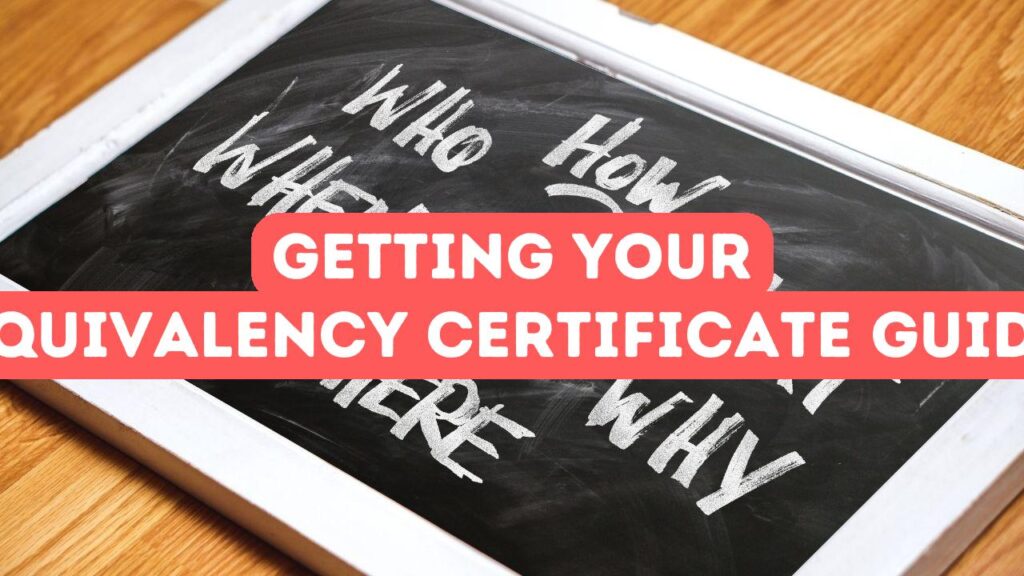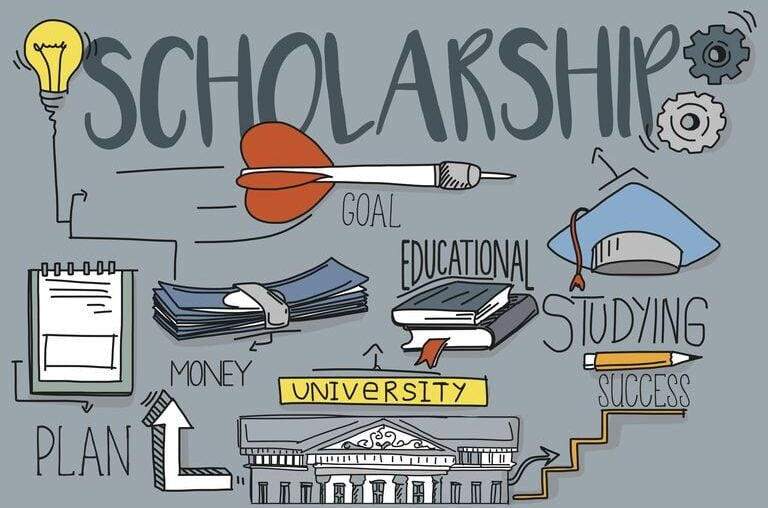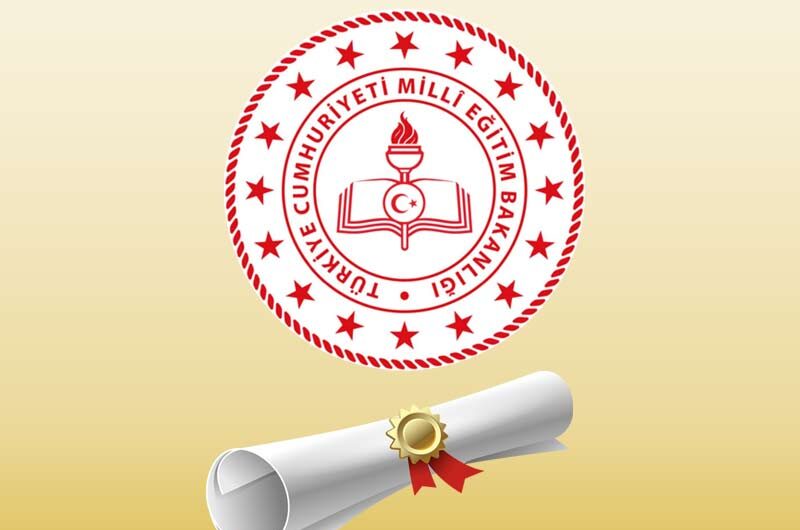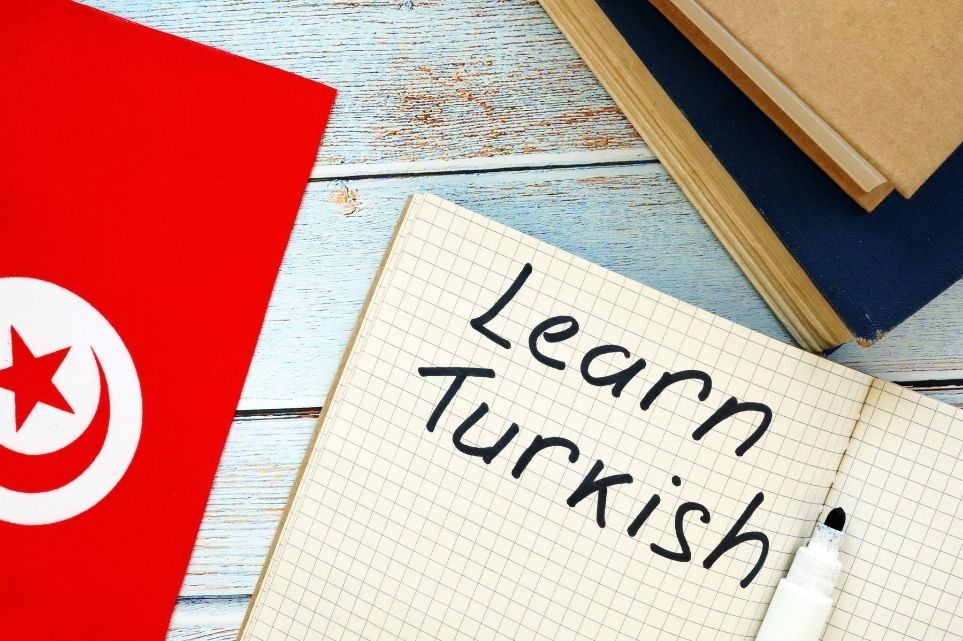What is the Equivalency Certificate (Denklik) and how do you get it? If you’ve switched your academic journey from one country to another, you’ve likely encountered this puzzle. Essentially, an Equivalency Certificate ensures that your educational achievements are recognized and valued universally. Whether you’re asking, “How to Get Equivalency Certificate?” or seeking “Certificate Recognition” to transition smoothly in a new academic or professional avenue, it’s worth the effort. Getting started involves Education Credential Evaluation, a meticulous process but one that opens doors globally. Like a key unlocking opportunities, this certificate affirms your academic credentials, building a bridge to your aspirations. Without it, the risk exists of your hard-earned qualifications gathering dust, unrecognized. But with it, you’re ready to leap. So, roll up your sleeves and follow the steps; achieving this milestone could be simpler than you imagine. Dive in, and let the Equivalency Certificate be your guide.
Understanding the Importance of the Equivalency Certificate (Denklik)
In a globalized world, the Equivalency Certificate (Denklik) serves as your educational passport. When credentials hang in the balance, the certificate steps in as a symbol of credibility and respect. Think of it as the glue binding your overseas education to local standards, ensuring that your work doesn’t go unnoticed. Have you wondered “How to Get an Equivalency Certificate?” It’s more than just paperwork; it’s about Certificate Recognition across borders. Without it, your qualifications might face barriers, like a key without a lock to turn. Education Credential Evaluation comes into play here, transforming a daunting task into a pathway for opportunity. It levels the playing field, allowing talents to shine brightly, regardless of origin. This is not just a piece of paper; it’s a lifeline connecting your skills to the world. So, embrace the process and let it open new doors in your educational journey.
Understanding the significance of the Equivalency Certificate (Denklik) is crucial. It’s not just a document, but a transformative tool for those pursuing global aspirations. Imagine it as a bridge connecting your past educational achievements to potential future successes. Without it, the path might seem dotted with obstacles—foreign yet familiar. This certificate achieves more than mere Certificate Recognition; it aligns your credentials with international standards, opening doors previously beyond reach. Education Credential Evaluation plays a vital role, mapping your achievements to new territories of opportunities. Wondering “How to Get Equivalency Certificate?” It’s worth the journey. Achieving this certificate can be a game-changer, like finding a missing puzzle piece in your career pathway. Think of it as your passport in the international academic sphere, ensuring no talent goes unseen. The Equivalency Certificate transforms ambitions into reality, empowering individuals to join the global arena.
The Equivalency Certificate (Denklik) stands as a beacon in the world of education, offering clarity where confusion often reigns. It’s your guarantee that your educational background is acknowledged wherever you go, providing the Certificate Recognition needed to thrive globally. Think of it as the golden ticket to international academic and professional circles. Without it, your qualifications might remain hidden behind borders, like a musician without a stage to play on. However, through Education Credential Evaluation, this certificate transforms uncertainty into assurance, paving the way for those pondering “How to Get Equivalency Certificate.” It’s not only about checking boxes but about affirming your rightful place on the world stage. By acknowledging this certificate’s role, you tap into its power to reshape your future, ensuring your education resonates across continents. In short, the Equivalency Certificate is your roadmap to recognition and success in the global arena.
Step-by-Step Guide to Obtaining Your Equivalency Certificate
Embarking on the journey to secure your Equivalency Certificate might seem daunting at first, but with our step-by-step guide, you’re in safe hands. Begin by gathering all necessary documents—your academic transcripts, diplomas, and any relevant certifications. Accuracy is key here, as it prevents hiccups down the line. Next, connect with a recognized Education Credential Evaluation service. These experts meticulously compare your credentials to local standards, ensuring your achievements shine bright. Follow their instructions closely, as these steps directly impact your Certificate Recognition. Wondering how to get an Equivalency Certificate efficiently? Double-check every detail, from document translations to correct personal information. This endeavor is akin to laying down stones on your path to success. Once you’ve navigated these initial steps, you’ve cleared the first hurdle. Stay focused, and you’re well on your way to making your mark with the esteemed Denklik in hand.
After assembling your documents, the next step in the journey to obtaining your Equivalency Certificate is submitting them to an approved Education Credential Evaluation service. This task might feel like threading a needle, but it’s essential for Certificate Recognition. When figuring out How to Get an Equivalency Certificate, attention to detail is your best friend. Ensure your documents are complete, translated if needed, and all personal data matches. Once submitted, these evaluators will assess your qualifications against the local education framework. It’s like crafting a map to show where you’ve been academically and where you’re headed. Await their feedback patiently, much like expecting a letter carrying hopeful news. Their evaluation process is thorough, ensuring your Denklik is accurate and beneficial. Embrace this step with diligence; it’s the cornerstone of proving your educational credentials. With meticulous effort, Certificate Recognition is within your grasp.
After eagerly waiting for feedback on your Equivalency Certificate application, you’ll receive an evaluation report. This document is crucial, detailing the comparison of your academic qualifications with local standards. Think of it as your passport to new opportunities. With the evaluation in hand, proceed to submit it to the relevant educational or professional institution. They might have specific requirements, so checking and confirming these details is vital. Remember, clarity and precision pave the way to smooth sailing. Apply any necessary translations for foreign institutions, as overlooking them could delay your Certificate Recognition. Be proactive; reach out if queries arise. Each step taken is a stride forward on your path to obtaining the coveted Denklik. Now, with everything aligned, the question “How to Get Equivalency Certificate?” transforms into a journey completed, unlocking doors to your future endeavors.
Common Pitfalls to Avoid When Applying for Denklik
Applying for the Equivalency Certificate, or Denklik, might seem like a walk in the park. However, common pitfalls lurk that can trip you up. First, incomplete documentation can halt the process faster than you can say “How to Get Equivalency Certificate.” Ensure every detail is scrutinized and every box checked; missing pieces delay Certificate Recognition and create hurdles in Education Credential Evaluation. Overlooking regional requirements is another blunder. Countries may have puzzling nuances—stumbling here might force you back to square one. Communication barriers also sneak in; misinterpretations can lead to errors. Engaging professional guidance helps avoid these slip-ups by translating your credentials clearly. Be vigilant, double-check everything, and remember, knowledge is power. Navigating these potential traps doesn’t have to be daunting; knowing them is your first step. By sidestepping these traps, your journey to acquiring the Denklik becomes smoother. Stay sharp and don’t let minor oversights derail your path.
In your journey to obtain the Equivalency Certificate, timing is crucial. Applying too late in the academic or hiring season can lead to unnecessary stress. Keep your timeline in check to prevent last-minute scrambles that leave you breathless. Additionally, submitting inaccurate translations of your documents can send the entire process into a tailspin. Always verify translations with a trusted professional, ensuring no detail is lost in the conversion. Lastly, don’t underestimate the power of the internet; misinformation lurks if you rely solely on unofficial sources. Instead, stick to verified and official instructions for your Denklik application. By keeping your research precise and punctual, you avoid adding unnecessary bumps along your path. Each step, if executed with care, brings you closer to the goal of Certificate Recognition without the headaches. So, look before you leap—anticipating these hurdles means you’re already halfway there.
Here’s another curveball: choosing the wrong type of Equivalency Certificate for your specific needs. It’s like selecting the wrong key for a lock—it just won’t turn. Before even starting your Education Credential Evaluation, clearly understand which Denklik fits your profile. This involves some initial legwork but prevents backtracking. Moreover, neglecting to maintain copies of all submitted documents can bite you later—if something goes astray, you’ll have nothing to fall back on. A simple rule: keep digital and physical back-ups like treasures in a chest. Let’s not forget the financial aspect; overstepping your budget on unexpected fees can cause unwanted surprises. Planning ahead for every little expense keeps you on steady ground. The goal is smooth sailing towards Certificate Recognition, sidestepping an obstacle course fraught with blunders. With each pitfall evaded, you’re forging a clearer path to secure your Equivalency Certificate, lessening the burdens, and lighting your way forward.
Disclaimer: This article is for general informational purposes only and you are strongly advised to consult a professional to evaluate your personal situation. No liability is accepted that may arise from the use of the information in this article.







